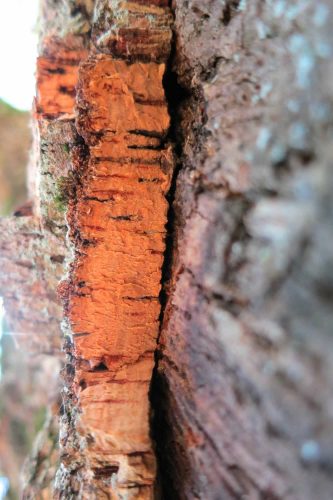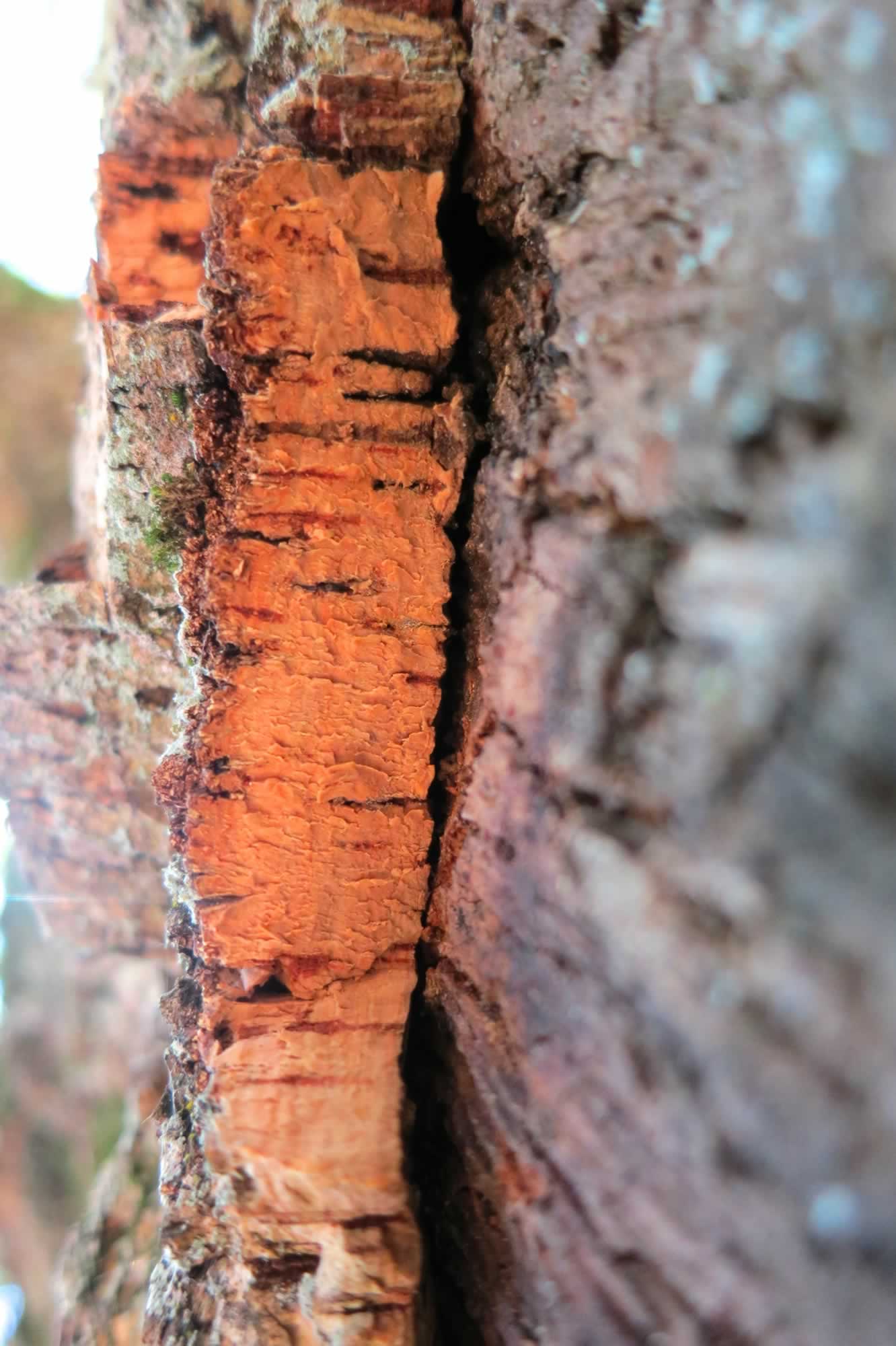Hands up, who knew that the material cork was so amazing?! Whilst it might conjure up memories of the 1970s for some, over recent years it’s been given a fresh facelift and repurposed in such inventive, creative ways. This article is about celebrating the wonder that is cork.
First things first. The material itself is incredible. Why? Because it’s extremely waterproof (despite what you might think!), it’s resistant to abrasion, it acts as a fire retardant. AND it’s an acoustic insulator!
What’s even better is how it’s made: Most cork is grown in Portugal in forests of cork oak trees called “montados”. The process by which cork is made also could not be more sustainable. It is harvested by stripping the outer layer of skin off the tree with a small hatchet that then regrows in time for the next harvest. The cork is shredded and compressed at high temperatures, causing it to expand and the sap to melt to form a glue that binds it all together. Once cooled, it can be cut to measure ready to be put up as cladding. None of the harvested bark goes to waste in the process apart from the dust produced along the way, and that’s it. No added ingredients!
Why cork deserves to be in your life (and probably already is!)
Cork is an incredibly sustainable product in and of itself. In addition to that, it can also benefit your health and home. Since it’s a non-absorptive, hypoallergenic, heat/fire-resistant material, it can bring peace of mind into your home. Installing cork flooring or insulation in your home could not only benefit the environment but end up protecting you and your property for much longer than other alternatives.
On a lighter note, although there hasn’t been extensive research done, studies have found that cork wine-stoppers have imparted antioxidant benefits into wine. Cheers to that, and hopefully some more research!
Around your house, cork should always be welcome and easy to incorporate. It’s biodegradable, recyclable, and backyard-compostable. A triple threat, if you will! If you’re looking to recycle your cork within the U.S.A., check out ReCORK’s website. Along with tons of info about cork, they also have cork recycling locations available to search.
Since it is such a versatile product, cork can be used in a multitude of different ways in your daily life. You could wake up and walk along your cork insulated floors. You could slip on your sneakers with cork insoles. You could grab your cork wristlet on your way out the door. You could drive to the market and have your car engine being supported by cork. You could pick up a bottle of wine with a cork that supports cork farmers in Portugal. You could go to a yoga mat and use your cork mat and cork roller. Then head home and not need to turn on your heater/a/c because your walls are more temperature regulated due to the cork insulation. You could pour yourself a glass of wine and not even consciously think about how incorporated cork already is in your life-What a subtle little sustainable powerhouse.
So cork is awesome, but is it too good to be true? Is there something we haven’t told you that will ruin cork forever? Short answer: no. Pinch yourself all you want; cork is cool! And for anyone worrying about the cork oak trees, wondering if they should just be left to their own devices, they actually are able to help their surrounding environment more after each harvesting process. According to a 2005 study by Luis Gil that Tiny Eco Home Life covered, it was “found that a harvested cork oak tree absorbs three to five times more CO2 than one that is not harvested.” And to repeat this very important fact: cork oak trees are NOT cut down to harvest the cork. Most trees live over 300 years, providing for people and the planet the whole time.
As this product becomes more and more popular with the trend toward sustainable alternatives, it will be increasingly easy to incorporate this super product into your daily life.





